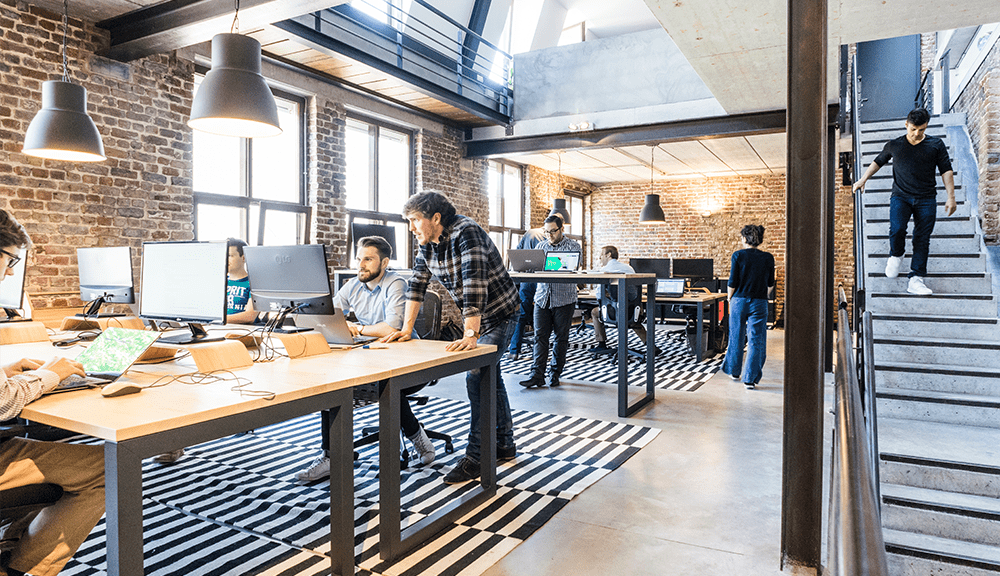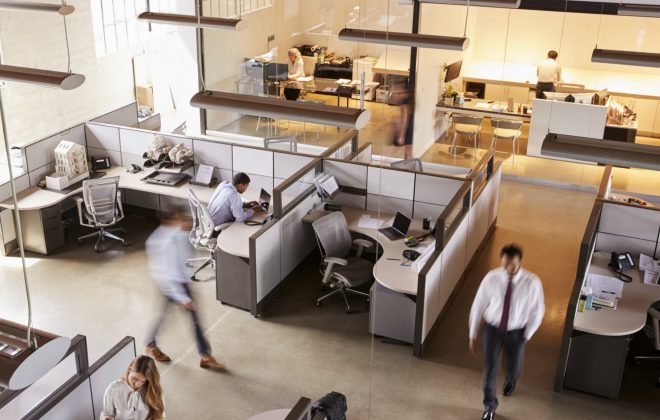When we think about ways to increase productivity, we frequently think about tools: time-saving automation technology, concentration strategies such as the Pomodoro Technique, and so on. Recent study, however, has revealed that the design of a workplace has a significant impact on how much work gets done. These suggestions for optimising your office’s productivity are provided in this article. Office for rent in Jalan Raja Laut click here.
Make it Variety
It turns out that the open workplace concept isn’t as revolutionary as it was once thought. Open offices, on the other hand, are connected with lower employee satisfaction and lower productivity, as well as higher levels of stress and weariness, as well as higher rates of absenteeism, including more sick days.
To put it another way, it’s negative news all around. Companies are moving their focus away from standardisation and toward variation in order to tackle this challenge. Ron Friedman, a workplace planning specialist, proposes that you first determine the sorts of work activities that your employees conduct and then build workspaces to accommodate those activities. His recommendations include personal spaces that employees may modify to their preferences, communal places for collaboration and bonding, and “thinking chambers” that employees can use when they need some peace and quiet during the day.
Lighting Bright as Idea

It is impossible to work effectively if one cannot see well. Low-quality illumination contributes to a variety of physical and emotional disorders, including eye strain, headaches, weariness, and stress, among others. The lighting in your office may be improved, which is one of the simplest things you can do to increase productivity. Allow for access to natural light wherever possible; it is bright, it makes people happy, and it is completely free!
It also enhances productivity: according to a research published in the Journal of Clinical Sleep Medicine, employees who sit near a window sleep better than those who do not, and getting a good night’s sleep is vital for getting a good day’s work done. If it is not possible to position everyone near a window, indirect lighting should be used instead, which is still bright but does not create eye strain. You can see the difference between direct and indirect illumination by looking at these photographs.
Make Sure Walls is Paint (No White)
Color has a significant impact on our emotions as well as our productivity, and white is one of the least effective colours when it comes to employee efficacy. Create multiple colour environments for different tasks, in the same way you would provide separate workspaces for different activities. Green is associated with creativity, whereas blue is associated with productivity, according to research. Although red appears to be beneficial for detail orientation, it has been shown to impair analytical thinking. Yellow, on the other hand, is disliked by all. If you want to learn more about how to employ colour psychology in your office, check out these two articles.
